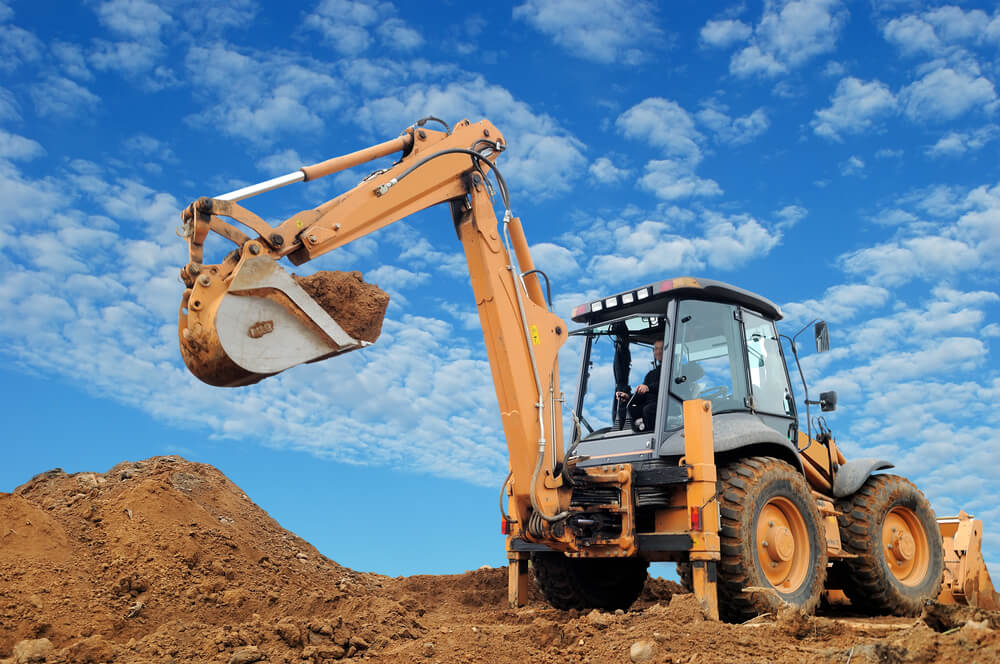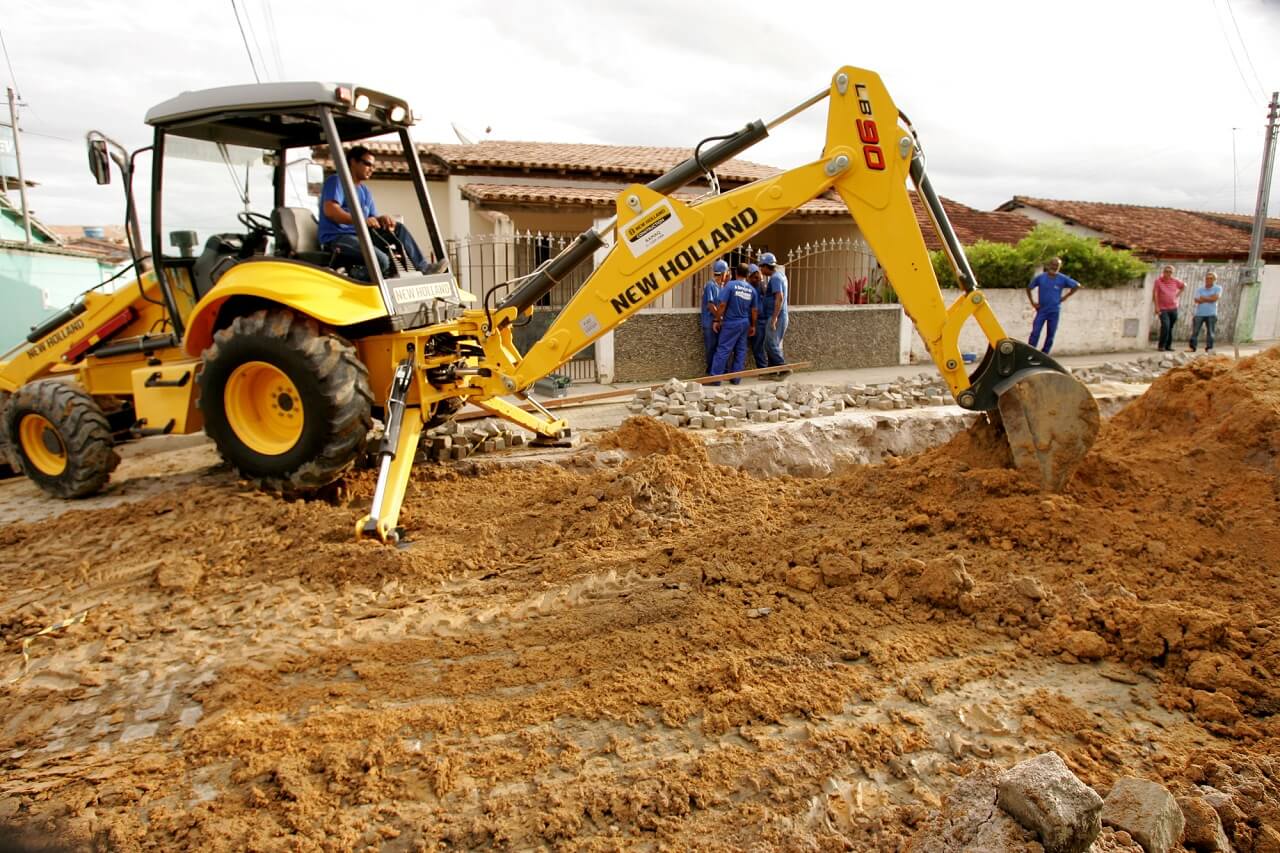Digging out your own basement is one of the biggest and most challenging DIY projects you can take on.
How you dig and build the basement affects the safety, stability, and livability of the entire house. So you need to make sure you do it right. If you are not sure you can do it, hire professionals.
Also, keep in mind that digging a basement takes a lot of time especially if you are doing it alone or with a couple of friends. It’s not exactly a one-weekend project.
Everything from planning, getting permits, excavating, and building foundation walls could take weeks.
What You'll Learn Today
Is It Legal to Dig My Own Basement?

Yes, it’s legal in most states in the US to dig your own basement. In fact, according to a majority of local laws, you can go ahead and build the entire home if you want.
That doesn’t mean you can wake up and start digging a basement. You’ll need various permits depending on your location and the specifics of your particular basement project (e.g. Is it a new home construction? Are you expanding a crawlspace into a basement?)
As you check what permits you’ll need to apply for, read the local code to figure out requirements for basements in your area.
For example, some codes limit basement depth to a certain number of feet.
Backhoe vs. Excavator for Digging a Basement
A backhoe should be adequate for most residential basements. It’s versatile (can dig and carry dirt) and is usually cheaper to rent than an excavator.
That said, a backhoe has several limitations compared to an excavator.
- Unlike an excavator’s arm that can swing 360 degrees, a backhoe’s arm can only swing from one side to the other. This limits where you can dig and dump dirt. You’ll also need to constantly reposition the backhoe.
- An excavator is much faster, and could take up to half the time to dig a basement compared to a backhoe.
- An excavator has a longer arm reach, which reduces how often you need to reposition the machine and makes for faster digging.
Here’s our recommendation. If a backhoe is what you have access to, it’ll work. It’ll be a bit more tedious to operate and it’ll take longer to dig the basement, but you can work with it.
However, if you are digging a fairly large basement you can save time and effort by using an excavator instead.
How to Dig a Basement With a Backhoe

Here’s a step by step guide on how to dig your own basement with a backhoe. Note that we are referring to a new home basement.
If you are digging a basement under an existing house or lowering a crawlspace into a basement, that’s an entirely different animal. We’ll address it further below.
1. Assess the Ground & Location
Before you even get started with permits, the first step is to find out whether you can build a basement at all on that particular ground.
Have you ever noticed that most homes in some states like California, Texas and Louisiana do not have basements?
This is because of a combination of factors such as culture, climate and soil. The soil in some states is too sandy or the ground is too rocky that building a basement would be really expensive.
In states like Florida, the soil is simply too damp and building a basement invites a lot of water and dampness problems.
You can build a basement in most places, regardless of the soil and ground condition. But, depending on where you live, the cost might not make sense.
If you are dealing with sandy soil that needs careful digging and reinforcement, a rocky terrain that may require blasting, or damp soil that needs advanced waterproofing, you definitely should not dig the basement yourself. Leave it to the pros.
Note: If you are not sure about the soil situation in your home, we recommend getting an expert to do an analysis. They can tell you what type of soil is there, how close the water table is, and whether you’ll encounter a rocky underground when you start digging.
2. Ground Preparation
You’ll need to mark the outline of the basement based on the home plan.
Start by clearing the area of any obstructions like large rocks. You also need to pull out any tree stumps that are in the way. You can use a backhoe to dig up stumps.
Now use a bright marker to draw lines for the basement, remembering to take into account overdig for the walls. Use flags to mark all corners of the basement.
3. Come Up With a Game Plan
Before you get onboard the backhoe and start digging, you need a solid game plan for how you’ll attack the ground.
This is especially important when using a backhoe. It’s limited reach and swing means you have to constantly reposition it.
If you are not careful, you might find you’ve dug around yourself and blocked a way to exit out of the hole.
Planning also ensures you dig the basement quickly and efficiently.
Basement sizes and shapes are different, so there isn’t one strategy for all basements. You’ll need to figure out the best one for your project.
But the general strategy that works best in most situations is starting from the farthest point of the basement (opposite where you’ll be entering and exiting) and working backwards.
- Most people prefer to start by digging up a trench around the perimeter. This establishes the outline of the basement and makes it easier to dig the rest of the area to the right depth and grade. Just make sure you don’t dig a trench all around and lock yourself in.
- Start digging from the exit/entry point but don’t dig to the full depth of the basement. The goal is to make a slope that the tractor can easily navigate. Having a slope also ensures the bucket of the backhoe can dig deeper to the planned depth of the basement. The slope should continue up to the point where the backhoe bucket can reach the farthest end of the basement.
- Activate the backhoe stabilizers until the tractor is level then start digging.
- Do not swing the bucket too far to dump the dirt. That will waste your time. Instead, just dump soil just a bit behind where you are digging. You’ll need to move the backhoe backward a bit at a time as you continue digging.
- Once the soil has accumulated too much to continue digging. Lift the bucket and back out of the basement. Turn the tractor around such that the loader is leading. Go back down the slope and scoop a load of dirt. Back out slowly and go dump the soil at a designated site. Do not dump the soil too far if it’ll be used to backfill the basement walls once the foundations go up.
- Switch between the bucket and loader until you finish digging the entire basement.
A couple of things to keep in mind as you dig:
Note 1: Regularly check the depth and grade of the basement as you dig. You may need a laser and grade rod for this. This is especially important for walkout basements where you dig the ground to different depths.
Note 2: For smaller basements where the arm of the backhoe can reach outside the basement area, consider dumping the soil to the sides of the hole as you dig. This will eliminate the need to switch to the loader. Once you finish, you can use the loader to push or carry the piles of dirt further away from the basement.
That’s it. Double check your work to make sure you’ve stayed true to the measurements that were on paper including depth, length and width, and grade.
If you need more help digging a basement with a backhoe, here is a helpful video.
Can I Dig a Basement Under My House?
Digging a basement under your house, or lowering a crawlspace into a basement, is much more complicated and challenging than digging a basement for a new home.
The obvious complication here is the existing house.
Digging a basement will compromise the foundation of the house, so you have to figure out a way to support your home and once you are done, connect the existing foundation with the new basement foundation.
Another challenge is access.
If you are making a hole in the grund with no house above it, it’s easy to go in with a backhoe or excavator and dig.
Digging a basement under the house limits what tools and equipment you can use. Forget the convenient backhoe – you have to do it by hand using smaller tools.
Here’s something else to consider – basements don’t add as much value to your home as you might think. The estimated return on investment on a finished basement is 70%, meaning you actually lose money.
You can dig a basement under your home yourself. But it’ll take time (probably years), it’s a lot of work, and carries many risks.
If you really need to add a basement under your home, the best option is to hire pros. It’ll be expensive, but at least you are sure it’ll be done right and in less time.